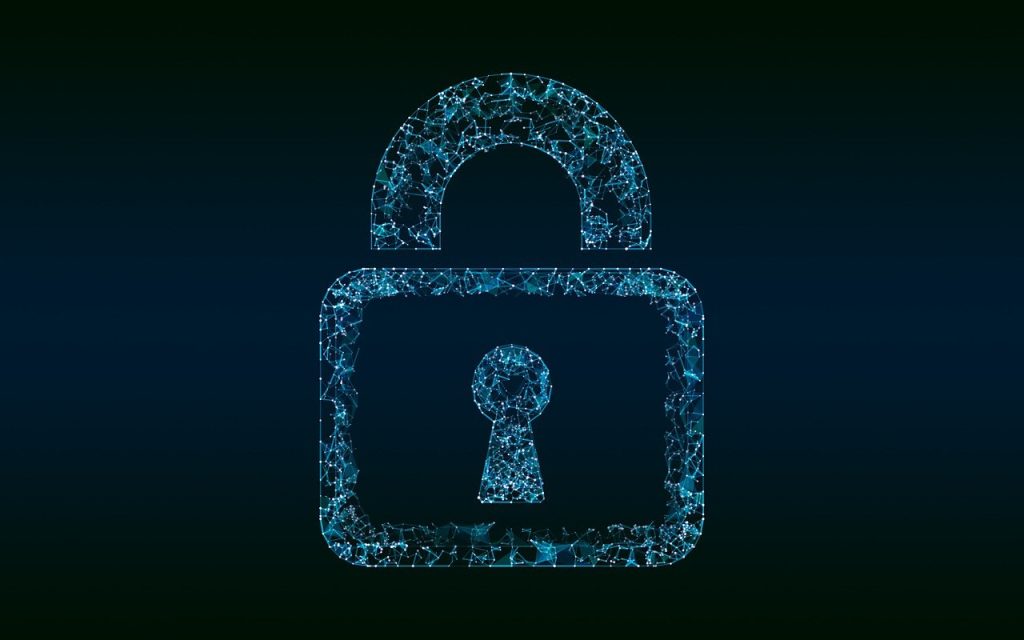Cyber Security Best Practices for Employees

In today’s hybrid work environment, cybersecurity is no longer just the IT department’s responsibility; it’s everyone’s business. Employees are often the first line of defence against attacks, yet a 2024 study revealed that 39% of UK workers wouldn’t report a cyberattack to their employer.
Whether your team works remotely, in-office, or across both, here are the essential cybersecurity best practices every employee should follow to help reduce risk and protect your organisation.
Build a Security-First Culture Through Training
Strong cyber defence starts with education – employees need to understand the risks and know how to respond when something feels off. Regular training sessions that address common threats like phishing, ransomware, and social engineering are essential, as are phishing simulations that replicate real-world scenarios and build confidence. Encouraging a no-blame culture around reporting helps staff feel safe to speak up if they’ve clicked a suspicious link or made an error.
To further reinforce learning, consider supporting cybersecurity certification programmes such as CISCP. Building this kind of culture isn’t just good practice; it’s essential.
Secure Devices, Networks, and Business Cloud Storage
Protecting company systems means securing every access point, especially in remote or hybrid environments. That starts with strong device hygiene, like ensuring all company devices are updated with the latest security patches.
Multi-Factor Authentication (MFA) should be enabled across work platforms, while VPNs are essential for any remote access to internal systems. When sharing documents or sensitive data, use encrypted and access-controlled cloud storage.
It’s also important to regularly review third-party integrations and maintain a shared approach to cloud security across providers and teams.
Be Alert to Evolving Threats and Social Engineering
Cybercriminals often use deception, not code, to trick employees into handing over sensitive data. This is called social engineering, and it’s on the rise.
That’s why it’s critical to train employees to spot key red flags, such as odd requests from senior staff or IT teams, messages that push urgent action like password resets or financial transfers, and unsolicited calls from individuals claiming to be help desk personnel.
Following recent breaches at Marks & Spencer and Co-op, the NCSC has issued warnings about impersonation techniques increasingly used to target retail and consumer-facing organisations.
Report Incidents Quickly and Learn from Them
The faster an incident is reported, the faster it can be contained and investigated. Every employee should understand how to report issues swiftly, whether it’s a suspicious phishing email or a missing device and know exactly where to log the incident and who to contact.
Timely reporting can help contain threats and prevent broader impact, while clear communication about what happens next builds transparency, enabling staff to learn from the experience and respond more effectively in the future.
Cybersecurity is a shared responsibility. By empowering employees with training, promoting the use of secure tools like encrypted business cloud storage, and fostering a culture of awareness, businesses will be far better prepared to prevent and respond to attacks.



